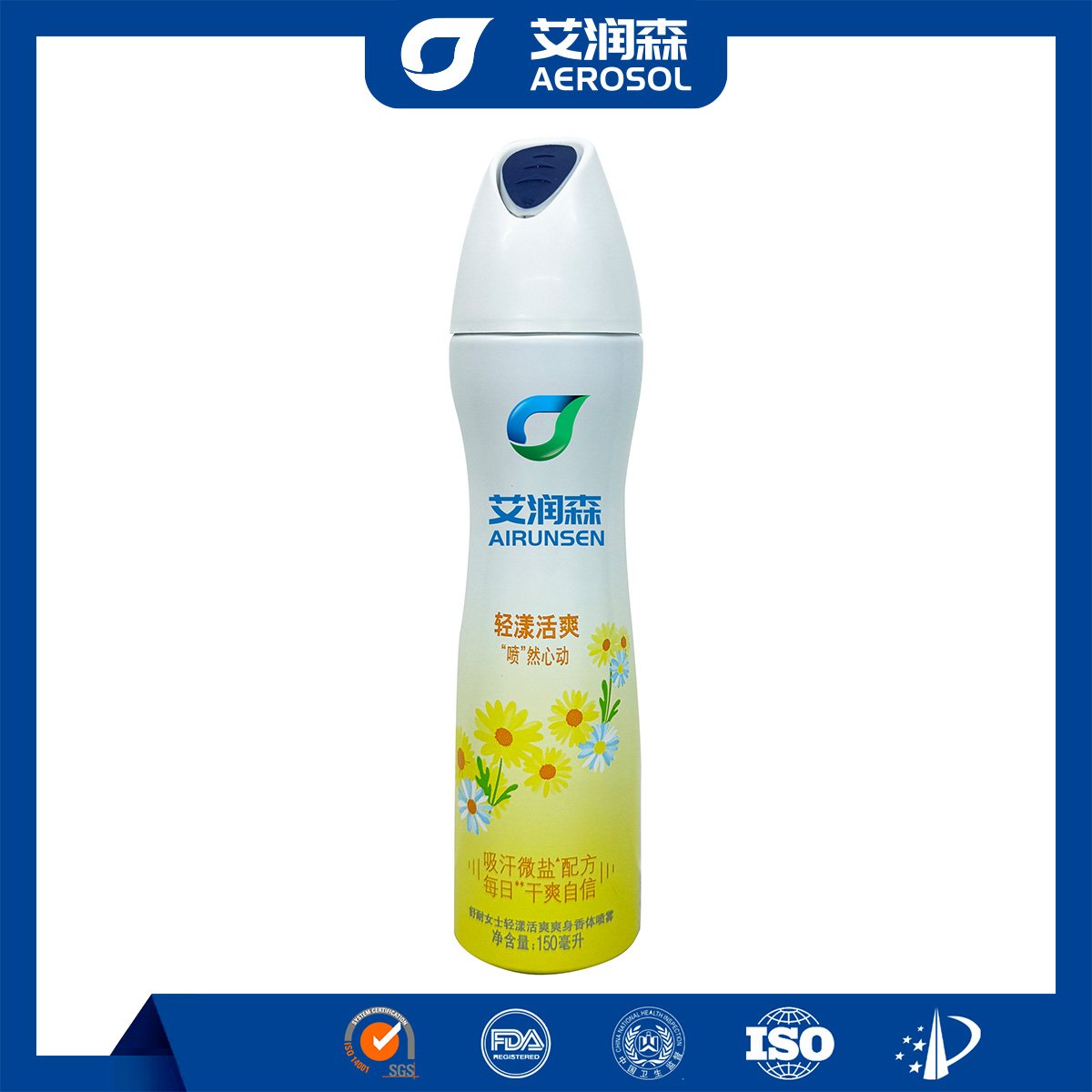- Ingredients
- Fragrance Substances: These are the main components responsible for the pleasant smell. They can be natural extracts like essential oils from plants such as jasmine, rose, or mint, which offer a pure and often therapeutic aroma. Synthetic fragrances are also widely used, engineered to replicate natural scents or create unique olfactory experiences. They are formulated to be long – lasting and can be adjusted to different intensity levels.
- Solvents: Water is a common and environmentally friendly solvent, especially in water – based air fresheners. Alcohol, typically ethanol, is another frequently used solvent. It not only helps dissolve the fragrance substances but also enables rapid evaporation, allowing the scent to disperse quickly in the air. Some formulations may also contain glycol – based solvents for better solubility and stability.
- Odor – Neutralizing Agents: Activated carbon is a well – known odor absorber. Its highly porous structure provides a large surface area for odor – causing molecules to attach to. Zeolites are another type of mineral – based odor neutralizer. They work by trapping and holding these molecules within their molecular cages. Additionally, certain chemicals like cyclodextrins can form inclusion complexes with odorants, effectively neutralizing the smell.
- Propellants (in aerosol types): In aerosol – type air fresheners, propellants are essential. Compounds like propane, butane, or compressed gases like nitrogen are used. When the nozzle is pressed, the propellants force the air freshener out of the can in a fine mist, ensuring even distribution of the product in the air. However, some modern aerosol air fresheners are moving towards using more environmentally friendly propellants to reduce their impact on the ozone layer.
- Functions
- Odor Masking: One of the primary functions of air fresheners is to cover up unpleasant odors. Whether it’s the smell of garbage, cigarette smoke, or dampness, the strong and pleasant fragrance of the air freshener overpowers these unwanted smells. This provides an immediate solution to make the air more bearable in a short time.
- Odor Elimination: Beyond just masking, many air fresheners are designed to actively eliminate odors. The odor – neutralizing agents break down or bind to the odor – causing molecules, changing their chemical structure or removing them from the air. This results in a more thorough and long – lasting solution to bad smells, rather than just providing a temporary cover – up.
- Air Quality Enhancement: By reducing the presence of unpleasant odors, air fresheners can improve the perceived air quality. In some cases, they can also help to reduce the concentration of certain volatile organic compounds (VOCs) that contribute to poor indoor air quality. This can create a healthier and more comfortable living or working environment.
- Advantages
- Convenience: Air fresheners are extremely convenient to use. Sprays can be quickly applied in any area where an odor problem exists, whether it’s a small corner or a large room. Plug – in air fresheners can be easily installed in electrical outlets and operate continuously, releasing a consistent scent. Gel – based air fresheners and sachets require no additional power source and can be placed in various locations like drawers, closets, or bathrooms.
- Versatility: They come in a wide variety of forms, scents, and strengths, making them suitable for different environments and personal preferences. For example, a strong – smelling air freshener might be ideal for a large, industrial – style bathroom, while a milder, more natural – scented one could be perfect for a baby’s nursery. Different types of air fresheners can also be used in various settings, from homes and offices to cars and public spaces.
- Cost – effectiveness: Most air fresheners are relatively inexpensive, especially considering the benefits they provide. They offer an affordable way to improve the air quality and overall ambiance of a space. Compared to more complex and costly air – purification systems, air fresheners can be a simple and budget – friendly solution for maintaining a pleasant – smelling environment.
- Application Scenarios
- Residential Settings: In homes, air fresheners are used in almost every room. In the kitchen, they can combat cooking odors, such as the smell of fried food or strong spices. In the bathroom, they help to keep the area fresh by neutralizing unpleasant odors. Bedrooms can benefit from a calming – scented air freshener to create a relaxing sleep environment, while living rooms can use a more invigorating scent to make the space more inviting for guests.
- Commercial Spaces: Offices use air fresheners to improve the working environment for employees. A pleasant – smelling office can boost morale and productivity. Restaurants rely on air fresheners to ensure a pleasant dining experience for customers, eliminating cooking and food – related odors. Hotels also use them in lobbies, rooms, and bathrooms to create a welcoming and fresh atmosphere for guests.
- Automotive Use: Air fresheners are a common sight in cars. They can mask odors from passengers, food, or the car’s interior materials. Whether it’s a hanging air freshener, a vent – clip – on, or a small gel – based one, they help to keep the car’s cabin smelling fresh during long drives or when the vehicle is parked in hot conditions.
- Public Spaces: In public restrooms, air fresheners are essential to maintain a clean and pleasant environment for users. They are also used in waiting rooms, libraries, and other public areas to create a more inviting atmosphere and reduce any potential unpleasant odors.

















